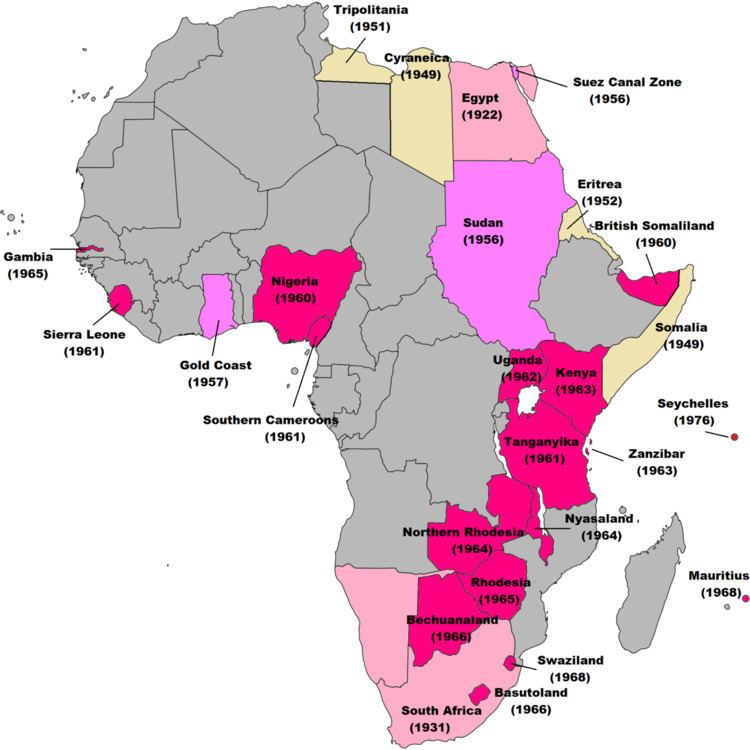 | ||
List of national border changes since World War I refers to changes in borders between [nations] during or since 1914. For information on border changes from the end of the Napoleonic Wars to 1914, see List of national border changes from 1815 to 1914. This is a list of significant boundary changes with countries. This refers to where there have been changes in borders only, not necessarily including changes in ownership of a territory. For instance many European colonies in Africa became independent without any adjustment to their borders, although some did have many changes. Also mentioned are some de facto changes, not recognized by the international community, such as Crimea, the Nagorno-Karabakh Republic, and South Ossetia.
Contents
Africa
Asia
Europe
North America
South America
Oceania
World maps showing borders
(Click to enlarge)
